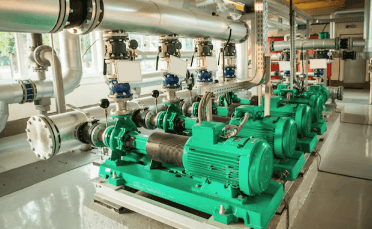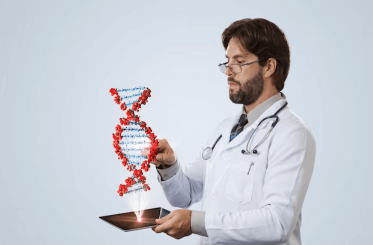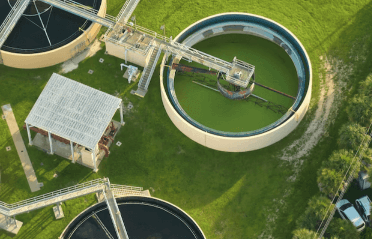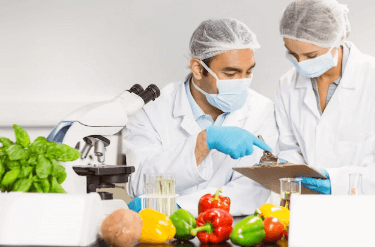Question
a.
1.572
b.
1.9398
c.
3.389
d.
4.238
Posted under Basic Chemical Engineering
Interact with the Community - Share Your Thoughts
Uncertain About the Answer? Seek Clarification Here.
Understand the Explanation? Include it Here.
Q. At 60° C, vapour pressure of methanol and water are 84.562 kPa and 19.953 kPa respectively. An aqueous solution of methanol at 60° C exerts a pressure of 39.223 kPa; the liquid...
Similar Questions
Explore Relevant Multiple Choice Questions (MCQs)
Q. For any system, what is the minimum number of degrees of freedom?
View solution
Q. As pressure approaches zero, the ratio of fugacity to pressure (f/P) for a gas approaches
View solution
Q. Helmholtz free energy (A) is defined as
View solution
Q. If heat contents of CH₄, C₂H₄ and C₃H₈ are -17.9, 12.5 and -24.8 kcal/mole respectively, than ΔH for the reaction CH₄(g) + C₂H₄(g) ↔ C₃H₈(g) will be __________ Kcal.
View solution
Q. Charles' law for gases states that
View solution
Q. Heat of reaction at constant volume is identified with __________ change.
View solution
Q. The main feature of Carnot refrigeration cycle is that, it
View solution
Q. Throttling process is a/an __________ process.
View solution
Q. In the equation, PVⁿ = constant, if the value of n is in between 1 and y (i.e. Cᵨ/Cᵥ), then it represents a reversible __________ process.
View solution
Q. Cp of a gas at its critical temperature and pressure
View solution
Q. The standard state of a gas (at a given temperature) is the state in which fugacity is equal to
View solution
Q. In case of an __________ process, the temperature of the system increases.
View solution
Q. In the decomposition of PCl₅ represented by, PCl₅ ↔ PCl₃ + Cl₂, decrease in the pressure of the system will __________ the degree of dissociation of PCl₅.
View solution
Q. For an ideal liquid solution, which of the following is unity ?
View solution
Q. Which is a state function ?
View solution
Q. Consider the reaction, C + O₂ ↔ CO₂ ;ΔH = - 94 kcal. What will be the value of ΔH for the reaction CO₂ → C + O₂ ?
View solution
Q. The third law of thermodynamics states that the
View solution
Q. Second law of thermodynamics is concerned with the
View solution
Q. Compound having large heat of formation is
View solution
Q. Which of the following behaves most closely like an ideal gas ?
View solution
Recommended Subjects
Are you eager to expand your knowledge beyond Basic Chemical Engineering? We've handpicked a range of related categories that you might find intriguing.
Click on the categories below to discover a wealth of MCQs and enrich your understanding of various subjects. Happy exploring!








